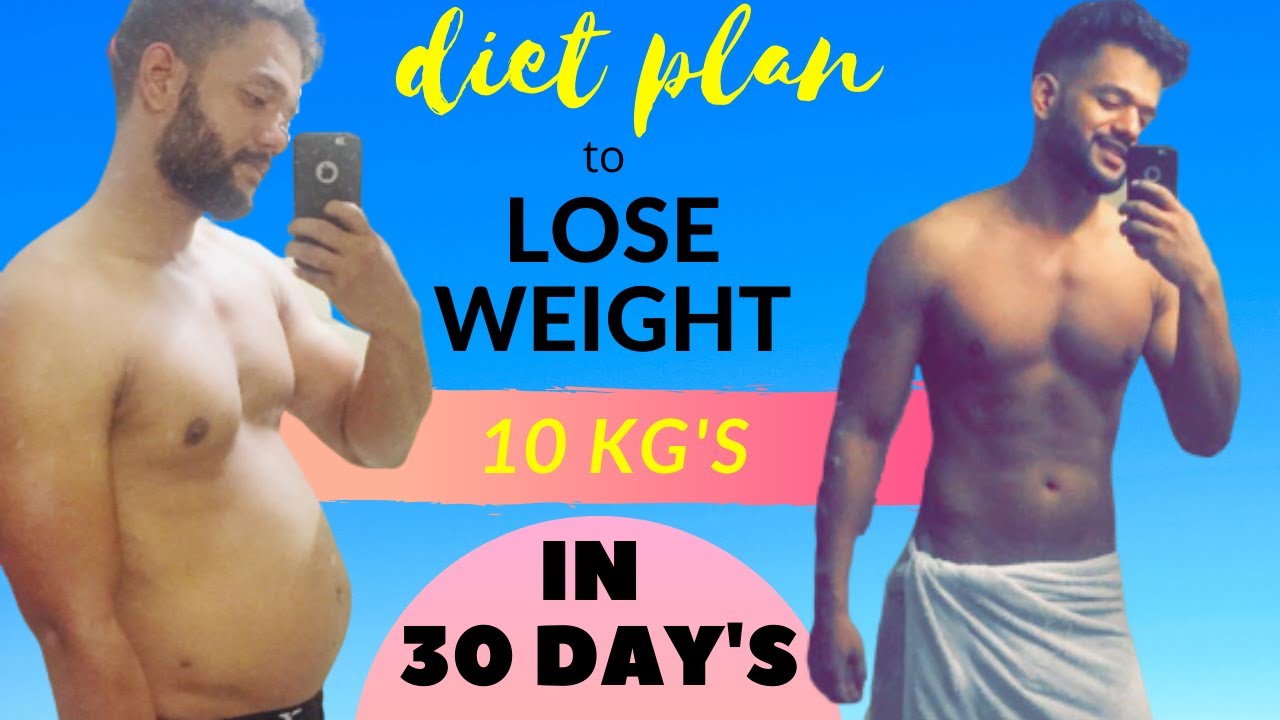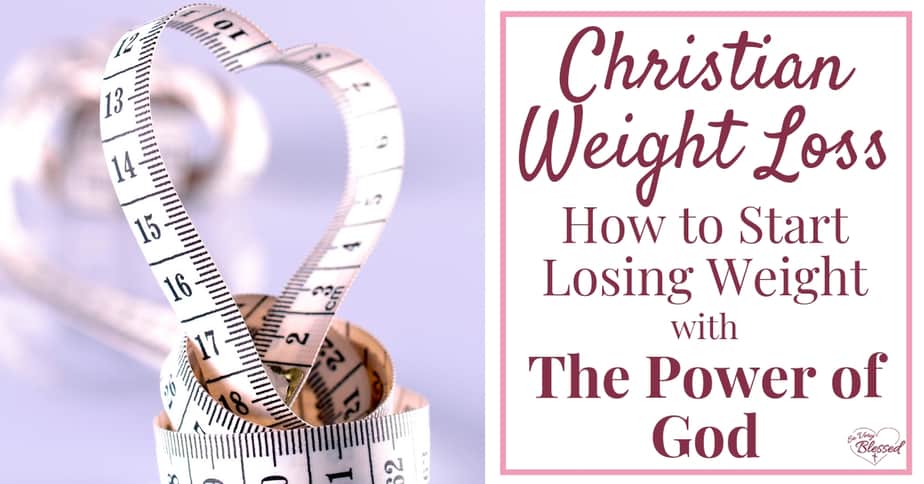
If you're feeling stuck and wondering how to break a plateau, read this article. It will help you to make lifestyle changes as well as change your habits. No matter your fitness level, there are simple ways to get over it. Set a goal. Change your exercise and eating habits. Change is hard, but necessary if you want to see quick results.
The goal is to break the plateau
Sometimes your weight loss efforts plateau. If this happens, you should review your goals and your diet. Look for new motivation methods and identify the causes of plateaus. If you feel constantly hungry or overeating you might need to adjust your goals. Here are some ways to break through plateaus and keep your weight loss journey on track. Hopefully, one or more of these tips will help you achieve your goal.

Make a difference
It is possible that your weight loss has stalled. You may be asking yourself, "How can I break this plateau by making the necessary changes?" It is possible to do this by reviewing your food- and activity records. You should also look for areas where you may have changed your diet or exercise rules. Do not reduce your daily calorie intake below 1,200 calories. You may experience overeating and hunger.
Changing your eating habits
To maintain your progress, you will need to modify your eating and exercise habits if you have hit a wall. You can review your food- and activity records to find out what caused your plateau. Are you eating more or less than you should? Do you feel like you're eating too many calories? Just make sure not to go below 1,200 calories a day, as this will leave you constantly hungry and could lead you to overeat.
Adjusting your exercise
It is important to adjust your exercise routine in order to get your life back on track. Your body adapts to exercise after a while. This adaptation can make exercise more efficient. Your body will therefore burn less calories and build more muscle. This is not the end. It is important to adjust your exercise routine in order to reach your fitness goals. Here are some tips that will help you break the plateau.
You must consider the readiness of your client
There are many methods that can help clients break through a plateau. But it is important not to use methods that haven't been proven to work. Before suggesting a workout or program, you should consider the client's lifestyle and readiness. Additionally, think about whether your client wants healthy habits to be a part of their daily life. If you are able to help your client create these habits, then you will be well on your way to helping them reach their goals.

Keep track of your macros
There are several ways to break plateaus and keep on track with your diet. Keep track of macros. This method adds an extra layer of strictness to your diet and will make it easier to pinpoint mistakes. You might be experiencing a plateau or calorie surplus if you're eating too many calories. You may need to adjust your diet to get to a higher level if this happens.
FAQ
What should I eat when I fast intermittently to lose weight
You can lose weight by cutting out carbs. This means that you should cut out carbohydrate-based foods like bread, pasta and rice.
Protein will also keep you fuller for longer so try to limit how much you eat. So you won't feel hungry as often.
Focus on foods rich in healthy fats like olive oil, avocado, nuts and seeds. These foods can keep you satisfied for hours after they are eaten.
It is important to drink enough water. Water helps you to stay hydrated which makes it easier for you to lose weight.
You may find that you actually crave these foods when you fast. But that doesn't mean you have to give in to those cravings. If you do this, you might gain more weight that you have lost.
To prevent overeating, try keeping an eye on how much you consume throughout the day. Drink a glass water whenever you feel hungry.
Although it might seem counterintuitive, this is actually proven to be a great way to lose weight. One study published in Obesity showed that plain water was more nutritious than sugary drinks.
In addition, drinking plain water helped reduce feelings of hunger. If you want to lose weight, avoid sweetened beverages and drink water.
To lose weight, you don’t have to count calories or restrict certain foods. Instead, focus on making small changes to your lifestyle.
Start by switching your regular breakfast sandwich for a bowl oatmeal. Try swapping your afternoon cookie to a piece or fruit.
These easy changes can help you lose weight and keep your kitchen clean.
What side effects can intermittent fasting have?
Intermittent fasting is safe and has no side effects. Some minor issues might occur if you do not plan your meals properly.
For example, if you skip breakfast, you might be irritable all day long. You might also experience headaches, dizziness, fatigue, and muscle cramps.
These symptoms often disappear within a few hours.
What's the best exercise for busy people?
The best way to stay fit is by doing exercises at home. It is not necessary to go to the gym or join any fitness club. You can do simple exercises at-home without having to purchase expensive equipment.
You just need to have a pair of dumbbells, a mat, a chair, and a timer.
You must be consistent with your training. If you are absent for a few weeks, you could lose your motivation.
Try lifting weights three days per week. This is a great place to start. This could include squats, lunges, push-ups, pull-ups, dips, curls, etc.
Once you are proficient in these movements, you will be able to do other types of exercise, such as running, jumping, skipping and yoga, pilates, dancing, swimming, weight training and tennis.
Make sure you choose the right exercise program for your needs. For example, if you are working long hours, then you might want to avoid exercises that require too much energy.
If you're a night owl then it is better to exercise in the evening than in the morning.
Listen to your body, and don't stop when you feel tired.
What foods can I eat to lose weight quicker?
It is possible to lose weight faster by eating fewer calories. You have two options:
-
Reduce the calories you eat each day.
-
Get more exercise to increase your metabolism.
It's easy to reduce how many calories you consume. It's no surprise that we are constantly bombarded with high-calorie fast food options. Here are some foods that can help you lose those extra pounds.
-
Beans are high in fiber and protein. They have almost no fat making them an excellent choice for dieters looking to reduce their caloric intake.
-
Oatmeal has low calories, but high levels of nutrients such as magnesium and potassium. It also has less sugar than most other cereals.
-
Eggs are rich in protein and cholesterol. Eating eggs once or twice a week can boost your metabolism, helping you burn more calories throughout the day.
-
Whole grain bread reduces hunger pangs. This can help you feel fuller and longer.
-
Dark chocolate is high in antioxidants, flavonoids and other substances that have been linked with lower blood pressure and better heart health.
-
Cottage cheese is rich in calcium which aids in bone strength. Cottage cheese also contains vitamin D, which can boost immunity.
-
Omega-3 fatty acids are abundant in salmon, which can promote brain development and improve cardiovascular function.
-
Green tea contains a lot of catechins. These are compounds that can fight cancer and improve metabolism.
-
Broccoli is rich in folic Acid, which lowers homocysteine blood levels. High homocysteine levels have been associated with an increased risk of stroke and heart disease.
-
Yogurt is a great way to add probiotics into your diet without loading up on added sugars. Probiotics play an important role in digestive health.
-
Berries are a delicious snack option that's also very nutritious. There are many great sources of vitamins, minerals in blueberries, strawberries, blackberries and raspberries.
-
Avocados are high in healthy fats. Half an avocado is only 80 calories, but it contains plenty of fiber and potassium.
-
Nuts are a tasty snack option that also happens to be a great source of protein. All kinds of nuts are great choices, including almonds.
-
Sweet potatoes are another starchy vegetables that are high in beta carotene. They make your skin glow. The orange variety is particularly beneficial because they contain higher amounts of beta carotene than regular sweet potatoes.
Can I eat fruits during intermittent fasting?
You can't go wrong with fruits. They are rich in vitamins, minerals and fiber. However, they do contain sugar which can cause blood glucose levels spike. This can lead to insulin resistance and weight gain. You can lose weight by following an IF diet. Make sure to eat low glycemic fruits like apples, pears and berries.
Statistics
- According to Harvard Health, it's estimated that a 155-pound (70-kg) person burns roughly 112 calories per 30 minutes of weight training (5). (healthline.com)
- Among women, the increase in metabolic rate was nearly 4%, or 50 more calories per day (14Trusted Source (healthline.com)
- Another study found that 24 weeks of weight training led to a 9% increase in metabolic rate among men, which equated to burning approximately 140 more calories per day. (healthline.com)
- It's estimated that half of all American adults attempt to lose weight every year (1Trusted (healthline.com)
External Links
How To
How to Intermittent Fasting
Intermittent eating is a way to lose weight that you only have one day of the week. It's usually Monday through Thursday. This allows you to reduce your calorie intake and still get adequate nutrition. This helps you lose fat more quickly than if it were your normal meals for the entire week.
The most popular form of IF is to limit calories to certain days. This means that you would skip breakfast every morning and then consume whatever food you want during the rest of the day. You could also choose to eat three small meals daily rather than two large ones.
Many forms of intermittent fasting are available, such as alternate day fasting (5/2 fasts), 8/4 fasts and 16/8 fasts. Each type of intermittent fasting has its pros and cons. Because you don't need to make major lifestyle changes, alternate day fasting can be the easiest way to get started. Some people may find it difficult to adhere to such a strict schedule, so they might try other methods.
I recommend alternate-day fasting if you're starting an intermittent fasting regimen. This will allow you gradually to transition into more extreme fasting habits without changing your lifestyle.